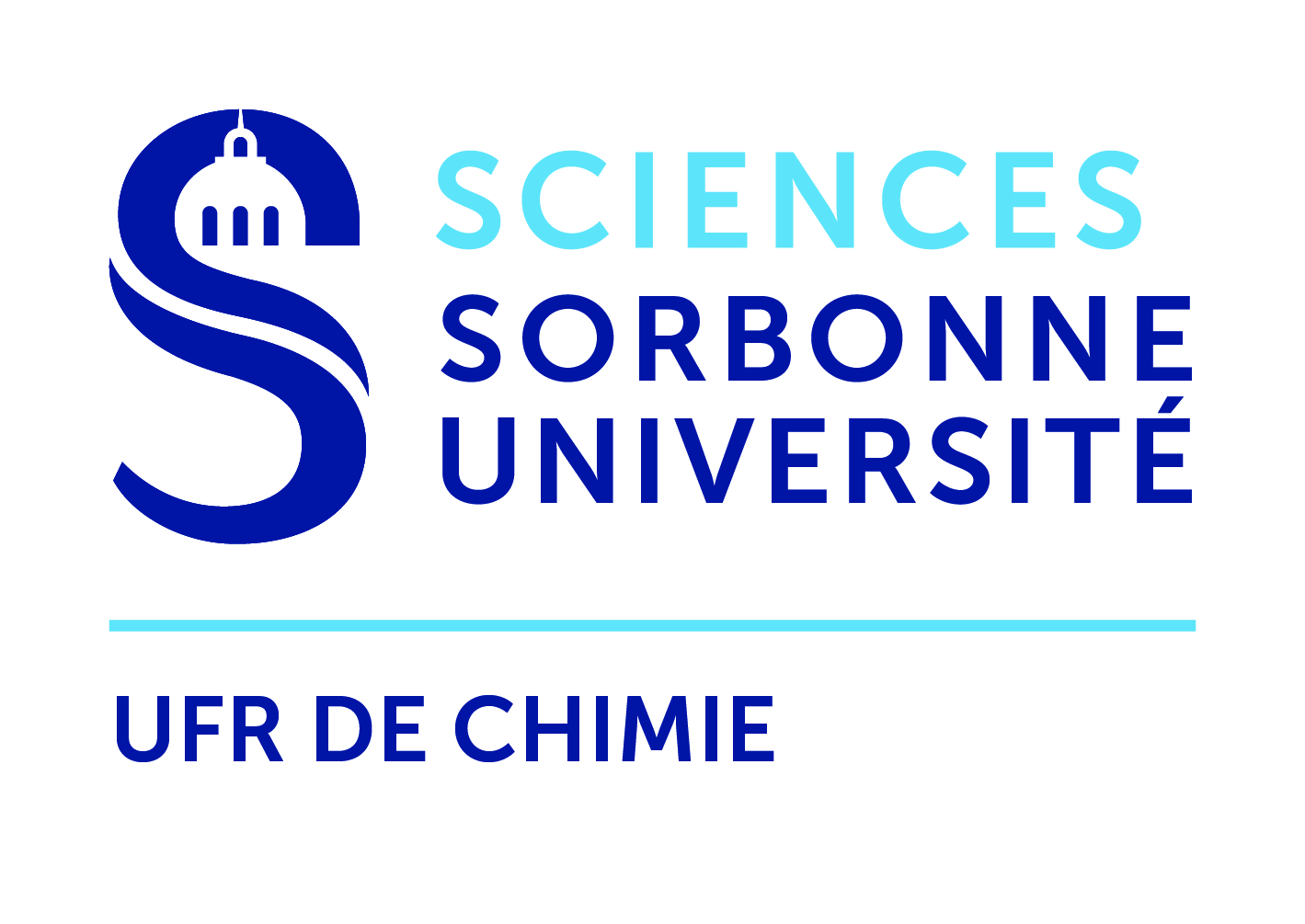Molecular insight into endosulfan degradation by Ese protein from Arthrobacter : Evidence‐based structural bioinformatics and quantum mechanical calculations
Résumé
Abstract Endosulfan is an organochlorine insecticide widely used for agricultural pest control. Many nations worldwide have restricted or completely banned it due to its extreme toxicity to fish and aquatic invertebrates. Arthrobacter sp. strain KW has the ability to degrade α, β endosulfan and its intermediate metabolite endosulfate; this degradation is associated with Ese protein, a two‐component flavin‐dependent monooxygenase (TC‐FDM). Employing in silico tools, we obtained the 3D model of Ese protein, and our results suggest that it belongs to the Luciferase Like Monooxygenase family (LLM). Docking studies showed that the residues V59, V315, D316, and T335 interact with α‐endosulfan. The residues: V59, T60, V315, D316, and T335 are implicated in the interacting site with β‐endosulfan, and the residues: H17, V315, D316, T335, N364, and Q363 participate in the interaction with endosulfate. Topological analysis of the electron density by means of the Quantum Theory of Atoms in Molecules (QTAIM) and the Non‐Covalent Interaction (NCI) index reveals that the Ese‐ligands complexes are formed mainly by dispersive forces, where Cl atoms have a predominant role. As Ese is a monooxygenase member, we predict the homodimer formation. However, enzymatic studies must be developed to investigate the Ese protein's enzymatic and catalytic activity.
Domaines
Chimie| Origine | Fichiers produits par l'(les) auteur(s) |
|---|
